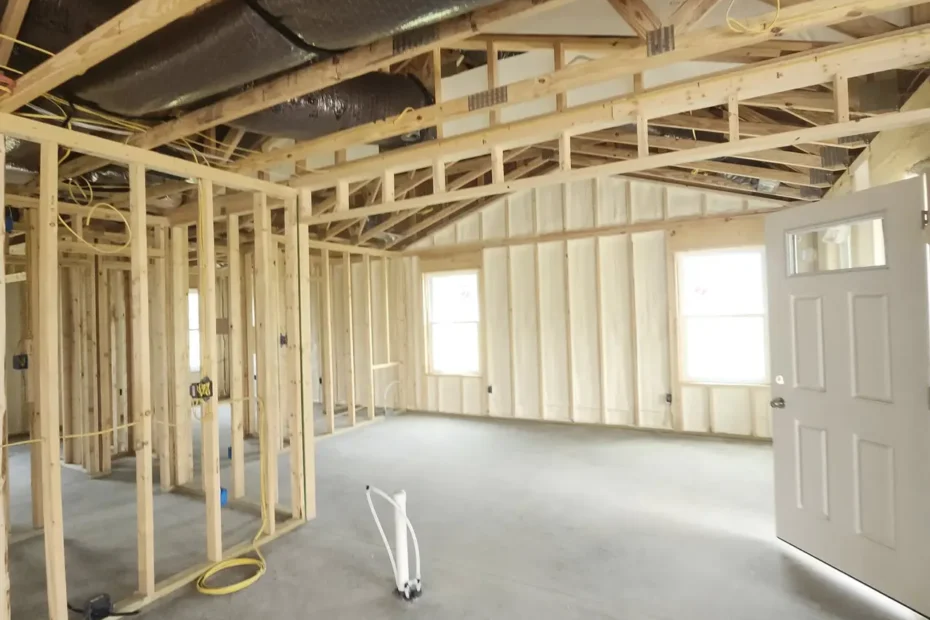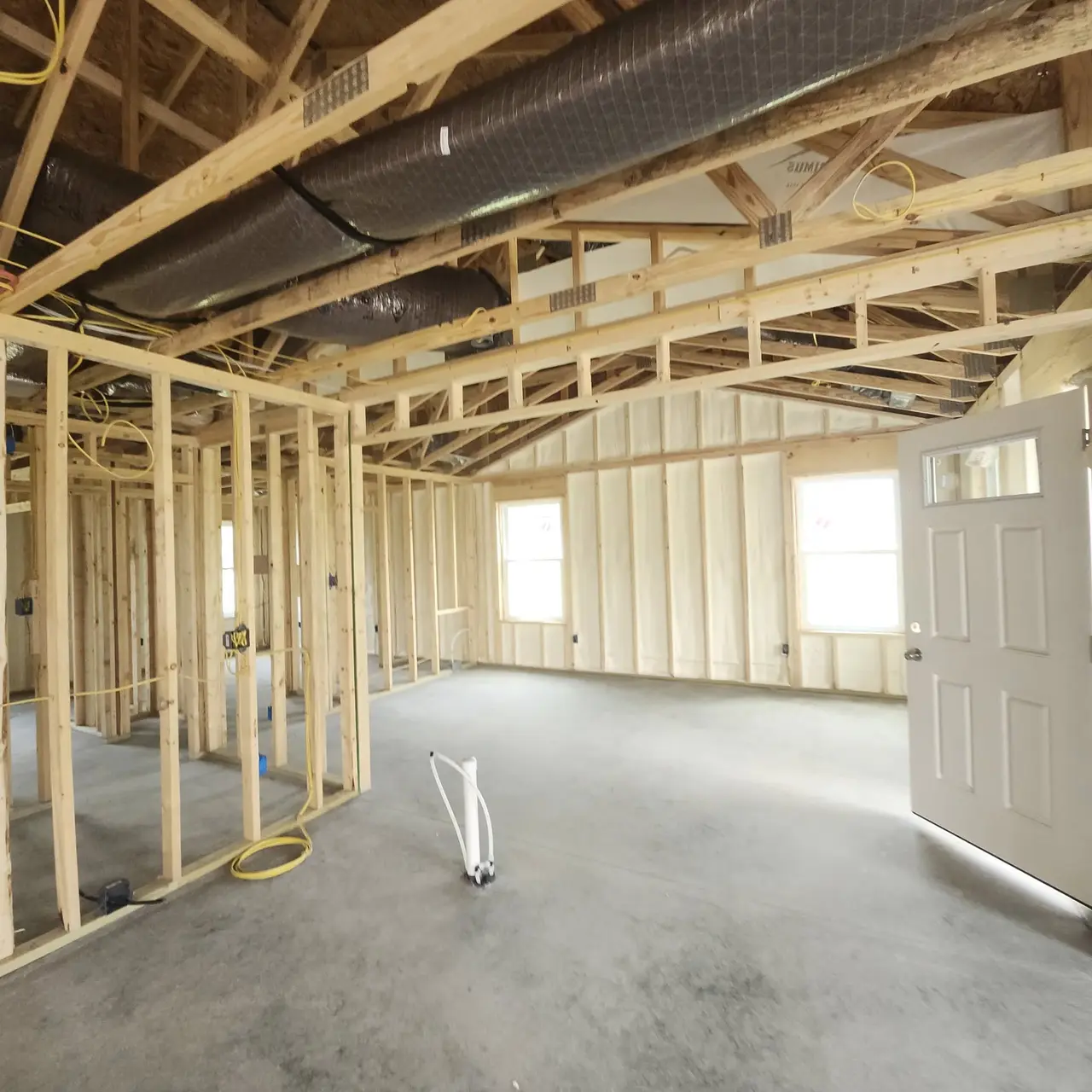The Midwest is known for its distinctive seasons, and with it comes varying levels of humidity that can significantly impact home insulation. In this blog, we will explore how humidity affects your home’s insulation effectiveness and share tips on how to safeguard your home against its effects.
Understanding Humidity Levels in the Midwest
The Midwest experiences significant variations in humidity throughout the year, influenced by the changing seasons. From humid summers to frosty winters, understanding these fluctuations is essential for homeowners.
In the summer months, humidity can soar, often reaching uncomfortable levels. This excess moisture in the air not only affects personal comfort but can also seep into building materials, including insulation.
Conversely, winter brings cold air that is typically less humid. However, when indoor heating kicks in, the relative humidity can drop, requiring adjustments in how we manage insulation.
Awareness of these cycles helps in planning insulation needs. Homeowners can take steps to maintain optimal indoor conditions despite the weather outside.
How Humidity Affects Insulation Materials
Humidity plays a critical role in the effectiveness of various insulation materials. For instance, fiberglass insulation is relatively moisture-resistant, but excessive humidity can cause issues like mold growth.
Foam insulation, on the other hand, can break down when exposed to high humidity levels, ultimately reducing its effectiveness. This type of insulation needs to be monitored closely during particularly damp seasons.
Cellulose insulation is highly susceptible to moisture, which can lead to sagging and loss of R-value. It’s imperative for homeowners using cellulose to implement adequate moisture barriers.
In essence, each material responds differently to humidity. Understanding these differences allows homeowners to choose the right insulation type for their specific climate conditions.
Signs of Humidity Damage to Insulation
Recognizing the signs of humidity damage early can save homeowners from extensive repairs down the line. One of the most telling indicators is the presence of mold, which can thrive in damp conditions.
Another sign to watch for is a reduced R-value throughout the insulation. The R-value measures the effectiveness of insulation—if it decreases, heating and cooling costs can rise significantly.
Additionally, homeowners should be on the lookout for water stains on ceilings or walls, which can indicate moisture intrusion affecting insulation. Regular checks can help maintain a healthy home environment.
Best Practices for Insulating a Home in Humid Areas
To combat the effects of humidity, effective insulation strategies are crucial. One of the best practices includes ensuring proper ventilation in attics and crawl spaces, which helps regulate moisture levels.
Installing moisture barriers, such as vapor retarders, can further protect insulation materials from absorbing excess humidity. This is particularly important in basements and other high-moisture areas.
Additionally, choosing insulation products designed for high-humidity environments can provide better long-term results. Implementing smart home technology can also help monitor humidity levels more effectively.
By adopting these practices, homeowners can help maintain the performance of their insulation while safeguarding their homes against the detrimental effects of humidity.
Maintaining Your Insulation Year-Round
Regular maintenance of insulation is essential for maximizing its efficiency year-round. Homeowners should check for any signs of wear and tear, especially after heavy rains or storms.
Seasonal inspections can help catch potential humidity-related issues early, rectifying problems before they escalate. Checking for mold or moisture accumulation can be a key to preventing damage.
Additionally, ensuring that gutters and downspouts are clear will help channel water away from the home’s foundation, further protecting insulation from humidity-related problems.
Finally, consider consulting with a professional to conduct a thorough inspection and necessary repairs. This proactive approach will help keep your home comfortable and energy-efficient, regardless of the humidity outside.
Recap: Your Home and Humidity
By understanding the role of humidity in your home insulation, you can take proactive steps to ensure your space remains comfortable and energy-efficient. From proper insulation materials to regular maintenance, staying informed can make a significant difference in your home’s health.

